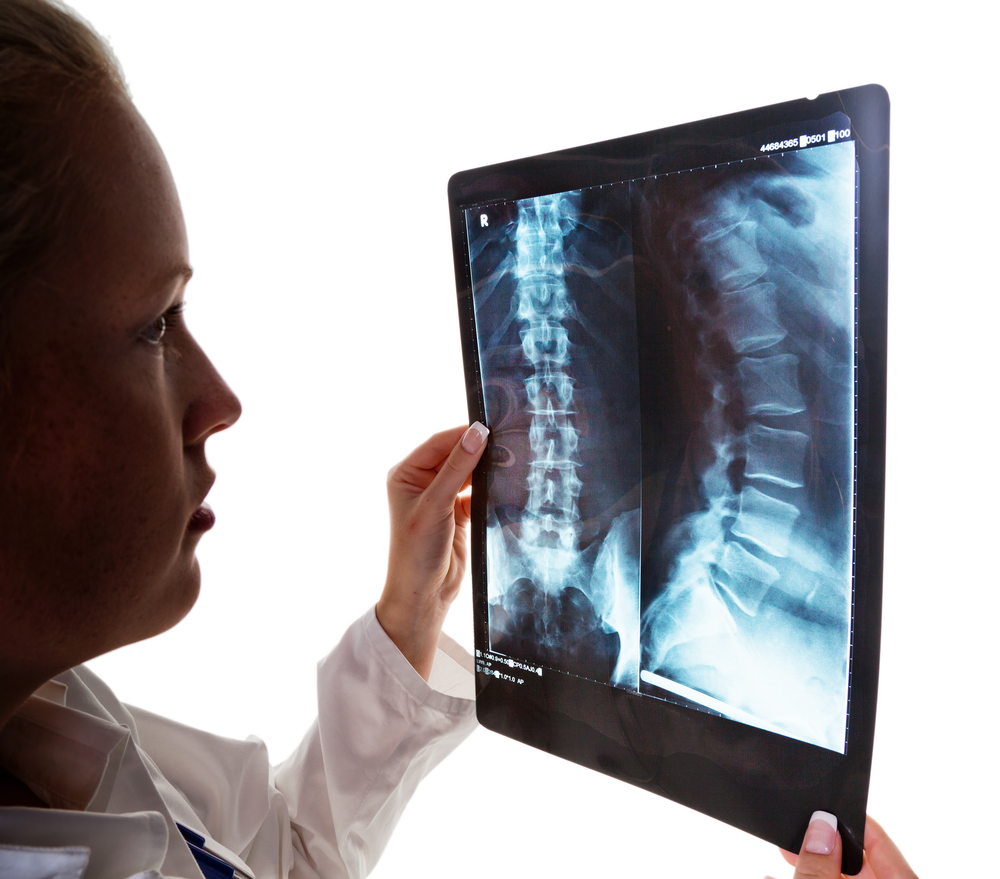
15 Mar Degenerative Spondylolisthesis Is NOT a Slipped Disk
Lumbar pain is one of the most common types of pain we see in our Weatherford clinic. The lumbar spine is more or less the lower spine, so people experiencing this type of pain feel it in the lower back. One potential cause is a condition known as degenerative spondylolisthesis. Note that it is not the same thing as a slipped disk.
Spondylolisthesis does not have to be degenerative. In fact, the degenerative form of the disease is just one of three common variations. There are three less common forms of spondylolisthesis as well. People confuse the condition with a slipped disk due to the fact that it also involves slippage of sorts.
The human spine is made up of a series of bones with disks in between. This design allows the flexibility you would not have were the spine a single bone. Should one of the bones, or vertebrae, slip out of place, it can press on a nerve and cause pain. Two vertebrae grinding on one another can be painful as well. In either case, a slipped vertebra is what we call spondylolisthesis.
Three Common Forms
As previously stated, there are three common forms of the condition. The first is degenerative spondylolisthesis; it is considered degenerative because it occurs over time. It is almost always the result of aging. Most people who suffer from the condition also experience thinning disks also susceptible to slippage.
The other two common forms of spondylolisthesis are:
- Congenital – This form is diagnosed in newborns whose spines do not properly form in the womb. Malformation makes the vertebrae prone to slippage throughout the child’s life.
- Isthmic – This form of spondylolisthesis is a direct result of a similar condition known as spondylolysis. The latter condition is essentially a crack or fracture in one of the vertebrae. It can weaken the bone to the extent that spondylolisthesis is a problem in later life.
Traumatic spondylolisthesis occurs as the result of some sort of injury that causes the vertebrae to slip out of place. A person can suffer from post-surgical spondylolisthesis following any sort of back surgery. Lastly is pathological spondylolisthesis. It is caused by a separate condition, like osteoporosis or tumors.
How It Is Treated
A lumbar pain specialist will recommend treatment based on the severity of the condition. Spondylolisthesis is graded from 1 to 4. Low-grade spondylolisthesis is 1 and 2; high-grade is 3 and 4. Almost all cases of low-grade spondylolisthesis are isthmic (in adolescents) and degenerative. Low-grade usually does not require surgery.
When our pain doctors determine that surgery is not appropriate, we still have a full range of treatments to choose from. Lumbar epidural steroid injections and facet joint injections are at the top of the list. Both types of treatments are minimally invasive and outpatient based.
Steroid injections can be especially helpful because these reduce inflammation. Take down the inflammation and the pain may subside. Steroids are known to provide long-lasting pain relief in many patients. If injections do not prove successful, we can look at a spinal cord stimulator implant or one of four different types of fusion procedures.
If you suffer from lumbar pain in Weatherford or the surrounding area, we are here to help. Our chronic pain clinic specializes in all sorts of conditions that affect the cervical and lumbar spine. Consultation may reveal that your pain is not caused by degenerative spondylolisthesis. On the other hand, spondylolisthesis may be exactly what you are suffering from. In either case, we can get to the root cause of your pain and treat it accordingly.


Sorry, the comment form is closed at this time.